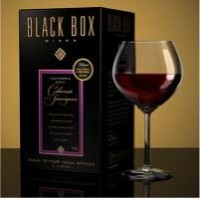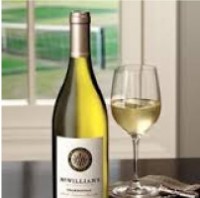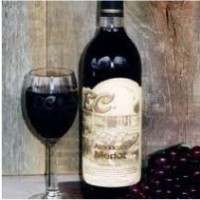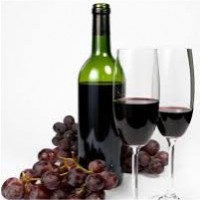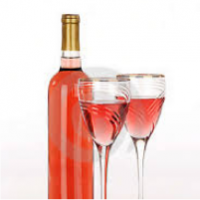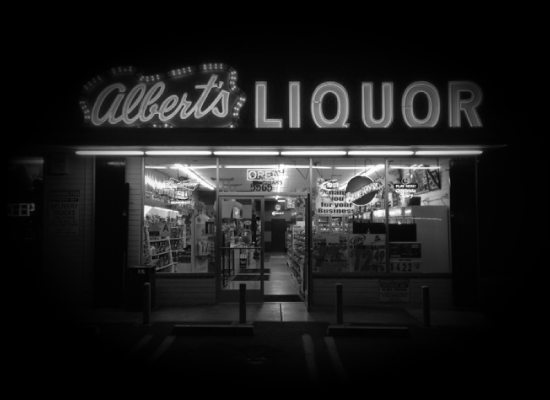This is the undisputed king of red wines. The small, thick-skinned, dark bluish grapes, give the wine the deep red color and primary taste of blackcurrant. Cabernet Sauvignon is highly suited to aging in oak barrels so the flavors of new oak – vanilla, toast, spice, chocolate and coconut are frequently part of the profile.
Key Grape Flavors – Dry Red. Mint, powerful Blackcurrant aroma, Chocolate
Food & Wine – Beef, lamb, pork and creamy pasta dishes. Great match with brie, cheddar cheese and chocolate.

